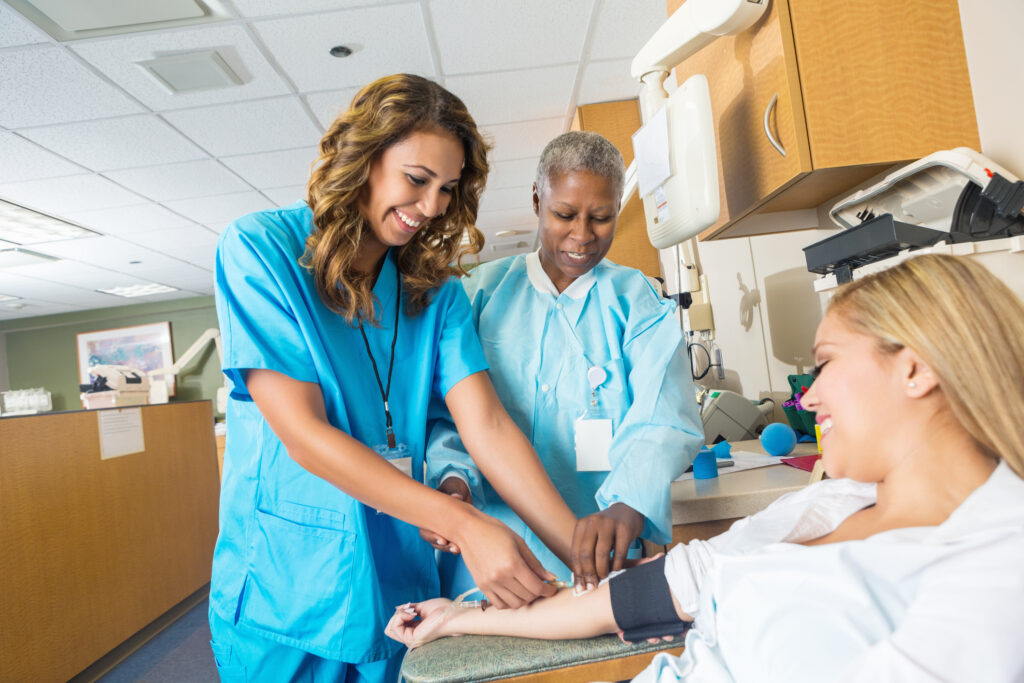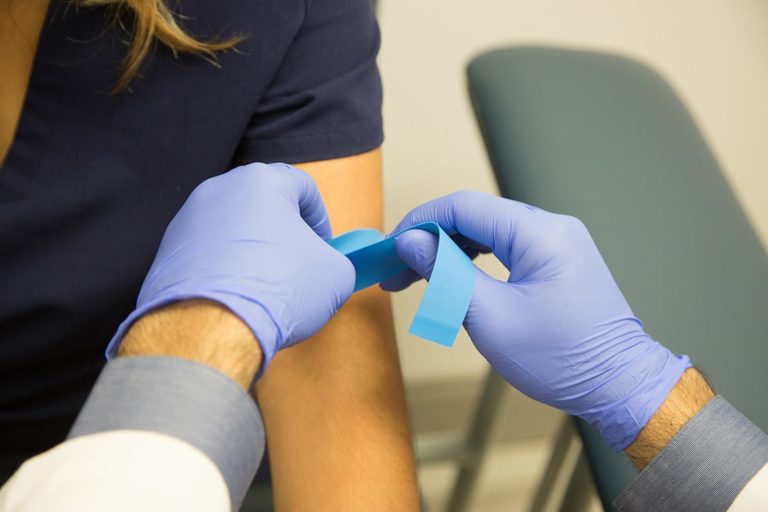All about Northeast Medical Institute - New Haven Campus Phlebotomy Course & Cna Class
All about Northeast Medical Institute - New Haven Campus Phlebotomy Course & Cna Class
Blog Article
The Best Guide To Northeast Medical Institute - New Haven Campus Phlebotomy Course & Cna Class
Table of ContentsThe Ultimate Guide To Northeast Medical Institute - New Haven Campus Phlebotomy Course & Cna ClassNortheast Medical Institute - New Haven Campus Phlebotomy Course & Cna Class Things To Know Before You Get ThisLittle Known Questions About Northeast Medical Institute - New Haven Campus Phlebotomy Course & Cna Class.An Unbiased View of Northeast Medical Institute - New Haven Campus Phlebotomy Course & Cna Class7 Simple Techniques For Northeast Medical Institute - New Haven Campus Phlebotomy Course & Cna ClassLittle Known Facts About Northeast Medical Institute - New Haven Campus Phlebotomy Course & Cna Class.
The usage of such tools ought to be come with by other infection avoidance and control techniques, and training in their usage. Not all security devices apply to phlebotomy. Before picking a safety-engineered gadget, individuals must thoroughly investigate readily available tools to identify their proper usage, compatibility with existing phlebotomy practices, and efficiency in protecting team and individuals (12, 33).For settings with low resources, expense is a driving element in procurement of safety-engineered gadgets. Where safety-engineered gadgets are not offered, proficient use of a needle and syringe is acceptable.
labelling); transport conditions; analysis of results for clinical administration. In an outpatient department or facility, supply a committed phlebotomy work area containing: a tidy surface with two chairs (one for the phlebotomist and the various other for the person); a hand clean basin with soap, running water and paper towels; alcohol hand rub. In the blood-sampling space for an outpatient department or center, offer a comfy reclining couch with an arm rest.
The Single Strategy To Use For Northeast Medical Institute - New Haven Campus Phlebotomy Course & Cna Class
Ensure that the signs for blood sampling are plainly specified, either in a created protocol or in documented directions (e.g. in a research laboratory form). Gather all the tools required for the procedure and area it within safe and simple reach on a tray or trolley, making sure that all the products are plainly visible.
Where the patient is grown-up and aware, follow the steps outlined listed below. Present on your own to the person, and ask the patient to mention their complete name. Inspect that the lab type matches the patient's identity (i.e. match the individual's information with the lab type, to make sure exact recognition). Ask whether the license has allergies, anxieties or has actually ever passed out throughout previous injections or blood draws.
Make the client comfy in a supine position (if feasible). Place a tidy paper or towel under the patient's arm. Review the test to be carried out (see Annex F) and obtain verbal permission. The individual has a right to refuse click this site a test any time before the blood sampling, so it is necessary to ensure that the client has actually comprehended the procedure.
Northeast Medical Institute - New Haven Campus Phlebotomy Course & Cna Class Can Be Fun For Anyone
Prolong the client's arm and check the antecubital fossa or forearm. Find a blood vessel of a good size that is visible, straight and clear.
DO NOT put the needle where veins are drawing away, since this enhances the possibility of a haematoma. Situating the capillary will aid in establishing the appropriate size of needle.
Specimens from central lines lug a threat of contamination or incorrect laboratory test results. It is acceptable, however not ideal, to draw blood specimens when first presenting an in-dwelling venous gadget, prior to connecting the cannula to the intravenous liquids.
The smart Trick of Northeast Medical Institute - New Haven Campus Phlebotomy Course & Cna Class That Nobody is Talking About
Failing to enable adequate get in touch with time raises the danger of contamination. DO NOT touch the cleansed site; in specific, DO NOT position a finger over the blood vessel to assist the shaft of the exposed needle.
Ask the patient to form a hand so the blood vessels are a lot more prominent. Enter the blood vessel quickly at a 30 level angle or less, and remain to introduce the needle along the vein at the easiest angle of entrance - CNA Training. When adequate blood has actually been accumulated, release the tourniquet BEFORE withdrawing the needle
Some Ideas on Northeast Medical Institute - New Haven Campus Phlebotomy Course & Cna Class You Need To Know
Take out the needle gently and apply mild stress to the site with a tidy gauze or dry cotton-wool ball. Ask the person to hold the gauze or cotton wool in location, with the arm expanded and increased. Ask the patient NOT to bend the arm, since doing so creates a haematoma.

Some Ideas on Northeast Medical Institute - New Haven Campus Phlebotomy Course & Cna Class You Need To Know
Do not push the syringe bettor due to the fact that extra stress enhances the danger of haemolysis. Where possible, keep televisions in a shelf and relocate the shelf in the direction of you. Inject downwards into the ideal coloured stopper. DO NOT get rid of the stopper because it will certainly launch the vacuum cleaner. If the example tube does not have a rubber stopper, inject very gradually right into the tube as minimizing the stress and rate used to move the sampling minimizes the risk of haemolysis.

Report this page